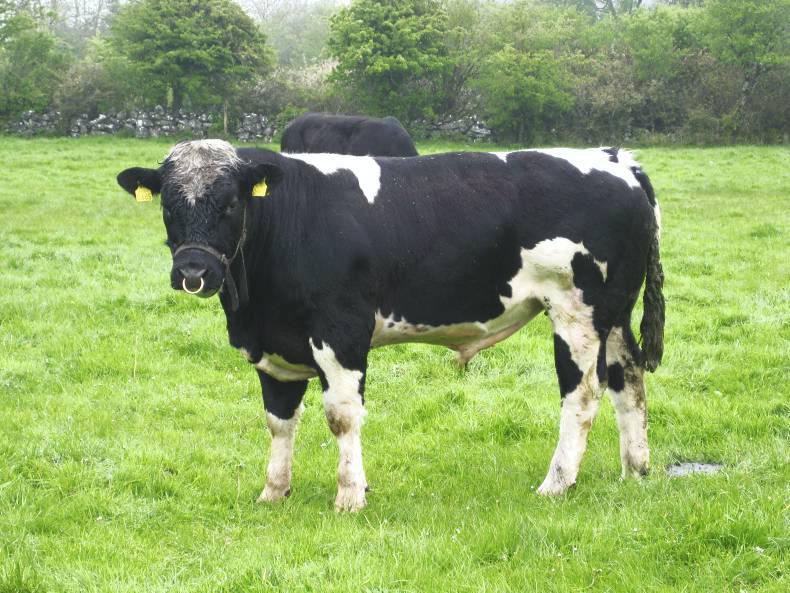Accurate heat detection is an important component to achieving a successful breeding season on dairy farms.
Detecting cows in heat determines the number of cows that are submitted for breeding and therefore the number of cows that go in-calf.
Failure to detect cows in heat properly may result in a larger number of cows not being in-calf at the end of the breeding season.
Identifying cows in heat can be a difficult task as a standing heat, on average, only lasts nine hours, and most standing heats occur at night.
Therefore, the use of heat detection aids are necessary to identify cows that are in-heat and cows that need to be drafted out for insemination.
Fortunately, there are now a number of different heat-detection methods used on farms. These tend to be very accurate at detecting heat and picking up sick animals.
Tail painting
Tail painting is one of the most common heat-detection methods used on Irish dairy farms.
The use of tail paint is cost effective, and has proved itself as a very successful method for most dairy farmers.
It involves applying a strip of paint to the cow’s tail head. If mounted, the tail paint will be removed, showing the farmer that the cow is in heat.
The vast majority of farmers that use tail paint are happy with the results.

Kamars
Kamars are another heat detection method used on farms; however, they would not be used to the same extent as tail painting.
This method requires a device to be glued to the animal’s tail head. The cons to this are that it takes up more time and if it falls off, you have lost your aid.
The devices are pressure-sensitive units that turn from white to red after three seconds when pressure is applied.
The Kamars are effective, but it is important to ensure that they are attached properly.

Scratch cards
Scratch cards are another effective way of detecting heats in cows and heifers.
Like the Kamars, some glue may be needed to attached them to the animal’s tail head, while others come with a self-adhesive back.
When the cow or heifer is mounted the scratch card is rubbed, which reveals a red colour – indicating that the cow is in heat.
Scratch cards are a useful detection method, but once again it is important that they are attached correctly.
A lot of farmers prefer to use scratch cards on heifers, rather than cows.
Vasectomised bull
A vasectomised, or teaser bull is another effective heat-detection method.
A teaser bull is unable to get the cows in-calf, but picks up the cows that are in heat. The bull has a chin-ball harness attached which contains a coloured paint that marks the cow when she is mounted.
Depending on herd size, more than one may be required.
A vasectomised bull is a useful heat-detection method, but the procedure can be expensive and needs be completed at least 40 to 60 days before the ‘teaser’ bull is introduced to the herd.
Although they are not a bull, they still act like one, which can make them dangerous. This is also something that should be considered.

Heat detection
There are a number of heat-detection options available to dairy farmers. Whichever method you use is not important, once it helps to get as many cows in-calf as possible in a short period of time.
The heat detection method you choose should aid you in the detection of animals in heat – making your life a little bit easier.
